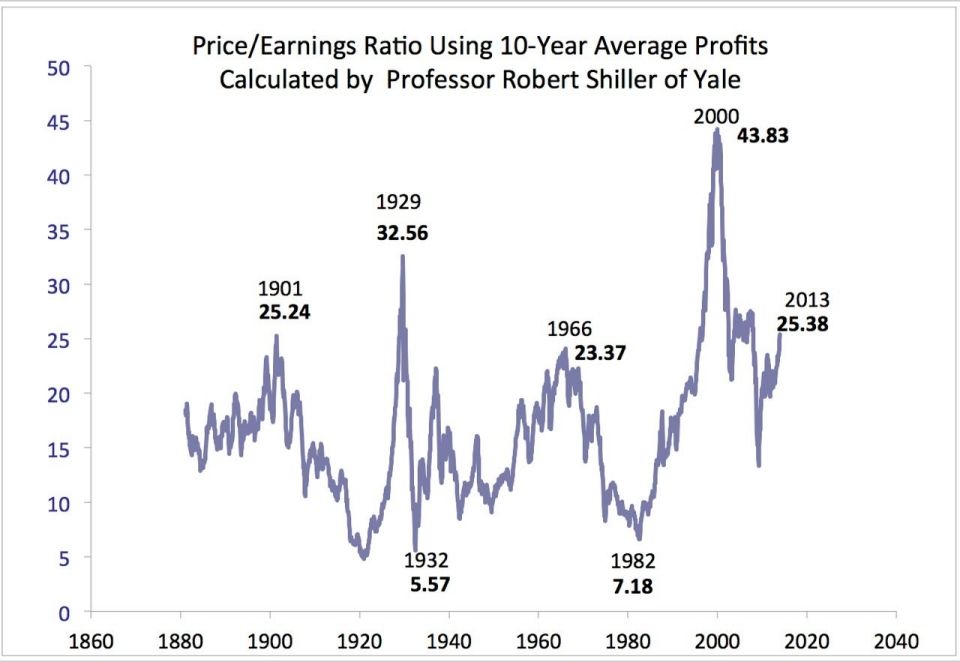This is your morning Open Thread. Pour your favorite beverage and review the past and comment on the future.
Find the past “On This Day in History” here.
January 3 is the third day of the year in the Gregorian calendar. There are 362 days remaining until the end of the year (363 in leap years). The Perihelion, the point in the year when the Earth is closest to the Sun, occurs around this date.
On this day in 1938, The March of Dimes is established by President Franklin D. Roosevelt.
March of Dimes is an American health charity whose mission is to improve the health of babies by preventing birth defects, premature birth, and infant mortality.
Polio was one of the most dreaded illnesses of the 20th century, and killed or paralyzed thousands of Americans during the first half of the 20th century. In response, President Franklin D. Roosevelt founded the March of Dimes as the National Foundation for Infantile Paralysis on January 3, 1938. Roosevelt himself was paralyzed with what at the time was believed to be polio, though recent examination has led some to suggest that this diagnosis might have been mistaken. The original purpose of the Foundation was to raise money for polio research and to care for those afflicted with the disease. The name emphasized the national, nonpartisan, and public nature of the new organization, as opposed to private foundations established by wealthy families. The effort began with a radio appeal, asking everyone in the nation to contribute a dime (ten cents) to fight polio.
“March of Dimes” was originally the name of the annual fundraising event held in January by the Foundation. The name “March of Dimes” for the fundraising campaign was coined by entertainer Eddie Cantor as a play on the popular newsreel feature of the day, The March of Time. Along with Cantor, many prominent Hollywood, Broadway, radio, and television stars served as promoters of the charity. When Roosevelt died in office in 1945, he was commemorated by placing his portrait on the dime. Coincidentally, this was the only coin in wide circulation which had a purely allegorical figure (Liberty) on the obverse. To put Roosevelt on any other coin would have required displacing a president or founding father.
Over the years, the name “March of Dimes” became synonymous with that of the charity and was officially adopted in 1979.


 On this day in 1962,
On this day in 1962, 

Recent Comments